Effective sanitation practices are paramount in the food processing industry as there are various types of food products being processed and packaged, and the risk of contamination and foodborne illness is a significant and real threat.
Maintaining a clean and safe environment is essential to mitigate such risks, which is why you should always implement and adhere to rigorous sanitation practices.
However, before we continue, it’s important to clarify the fundamental difference between cleaning and sanitising.
Cleaning involves removing dirt, dust, and debris from a surface, object, or area. This can be done using soap and water, detergent, or other cleaning products
Sanitation is a process that involves reducing the number of bacteria, viruses, and other pathogens on a surface or object. Sanitising typically involves using chemicals or other disinfectants to kill or eliminate microorganisms. Proper sanitation helps to ensure that food products are safe and free from contaminants that can cause illness or spoilage.
In this article, we’ll walk you through the best practices for food processing plant sanitation, with a focus on the equipment and sanitation chemicals used in the process. We’ll also provide guidelines for developing an effective sanitation plan and schedule, employee training and hygiene, and other best practices to ensure a clean and safe food processing plant.
Here’s what you’re about to read:
- Equipment for food processing plant sanitation
- Chemicals for food processing plant sanitation
- Best practices for food processing plant sanitation
 Proper sanitation helps to ensure that food products are safe and free from contaminants that can cause illness or spoilage.
Proper sanitation helps to ensure that food products are safe and free from contaminants that can cause illness or spoilage.
1. Equipment for food processing plant sanitation
When it comes to food processing plant sanitation, utilising the appropriate cleaning equipment will ensure that surfaces and other food manufacturing tools are free from harmful bacteria and other contaminants.
There are several types of equipment needed for effective sanitation in a food processing plant. These include cleaning tools, disinfecting tools, and personal protective equipment (PPE).
- Cleaning Tools: the most common cleaning tools used in food processing plants include brooms, brushes, and squeegees. Of course, it’s important to choose cleaning tools that are appropriate for the type of surface being cleaned. Brooms are used to remove loose debris such as dirt, dust, and food particles from floors, but they can also be used to sweep walls and ceilings to remove cobwebs, dust, and other debris. Brushes are used to scrub surfaces that are difficult to clean, such as corners, crevices, and hard-to-reach areas. For example, brushes can be used to clean the inside of equipment like mixing tanks, pipes, and conveyor belts. And finally, squeegees are used to remove liquid from surfaces after they have been washed or rinsed. For instance, they are used to remove excess water from floors, walls, and equipment surfaces to help speed up the drying process and prevent the growth of bacteria and other microorganisms.
- Disinfecting Tools: they’re used to apply sanitising solutions to surfaces and equipment. In food processing plants, these tools are usually sprayers and foggers. Of course, it’s always important to choose disinfecting tools that are appropriate for the type of surface being sanitized. Additionally, always make sure to follow the manufacturer’s instructions for using these disinfecting tools to ensure that the sanitizing solution is applied correctly.
Personal Protective Equipment (PPE): PPE is essential for protecting workers from harmful chemicals and pathogens. The type of PPE needed will depend on the task being performed and the chemicals being used. If you want to read everything about sourcing, using, maintaining and disposing of PPE for food processing, read our previous article: From Preparation to Packaging: A Complete Guide to PPE for Food Manufacturing.
All in all, your cleaning equipment for plant sanitation must be correctly used and maintained to be effective. This includes cleaning and storing sanitation equipment after use and regularly inspecting your tools for wear or damage. Any worn-out equipment should be replaced immediately to ensure your food processing plant is properly sanitised.
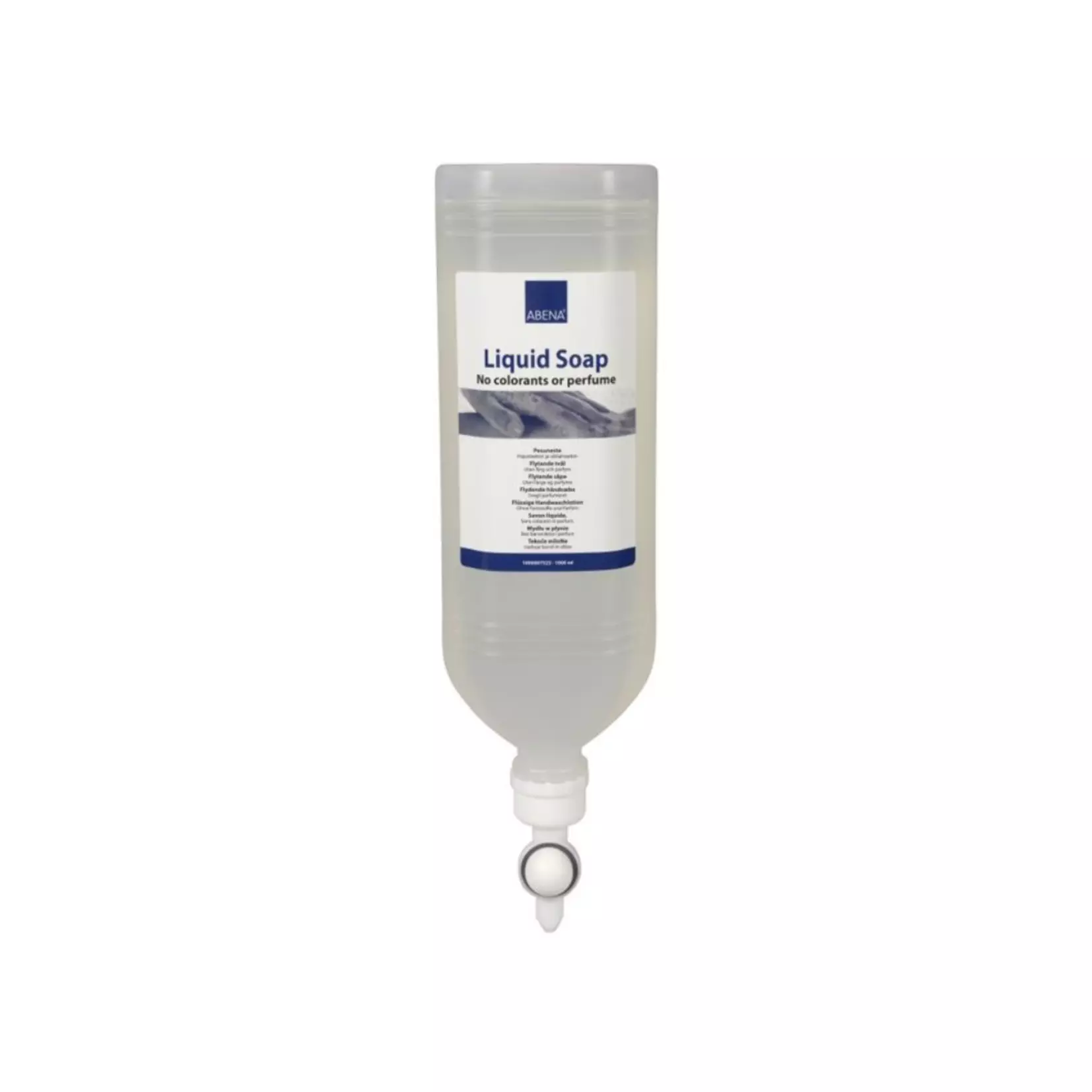
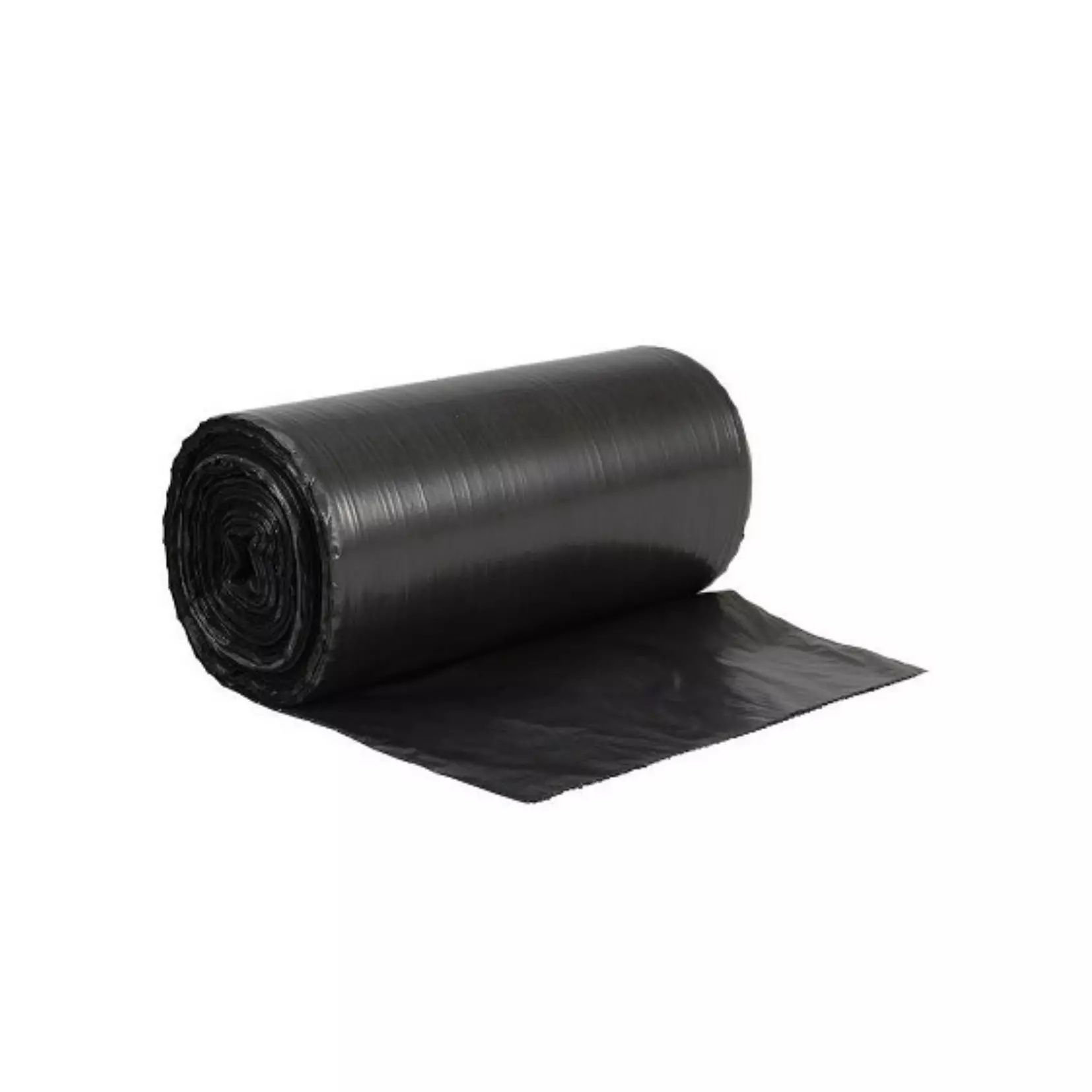
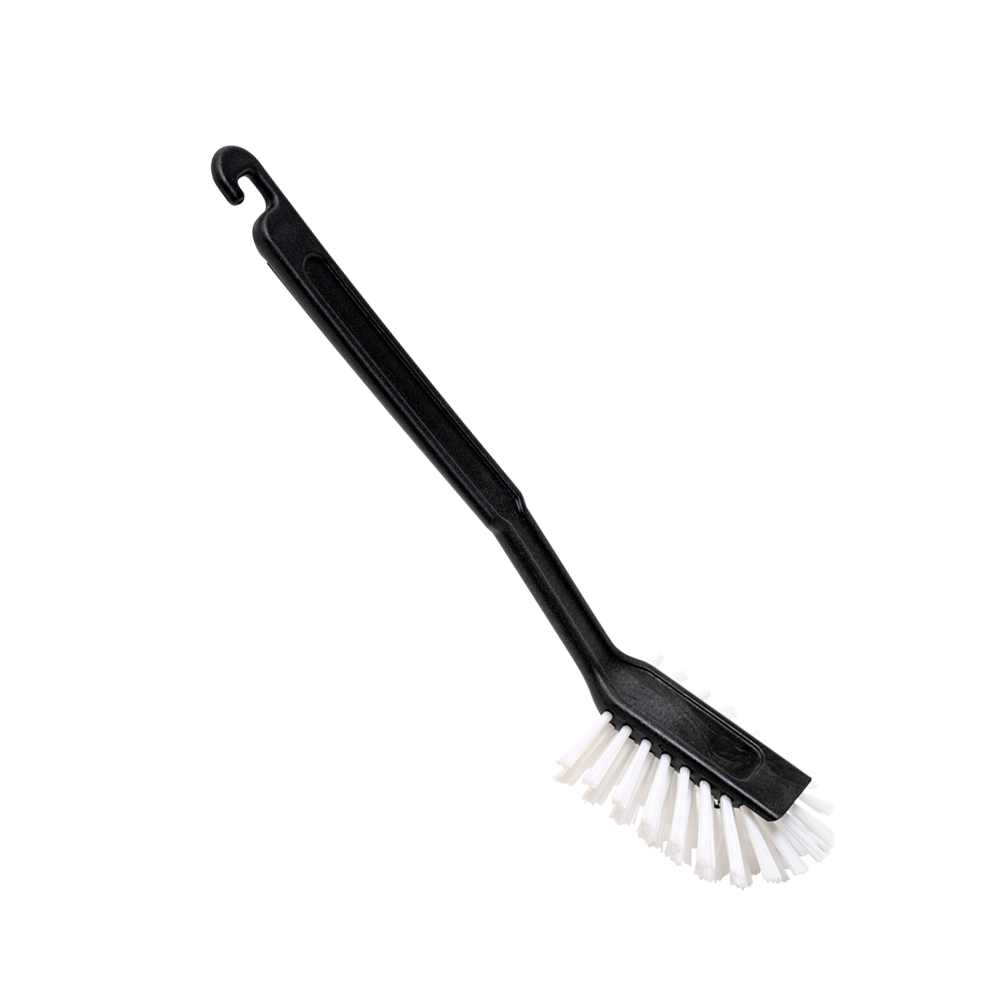
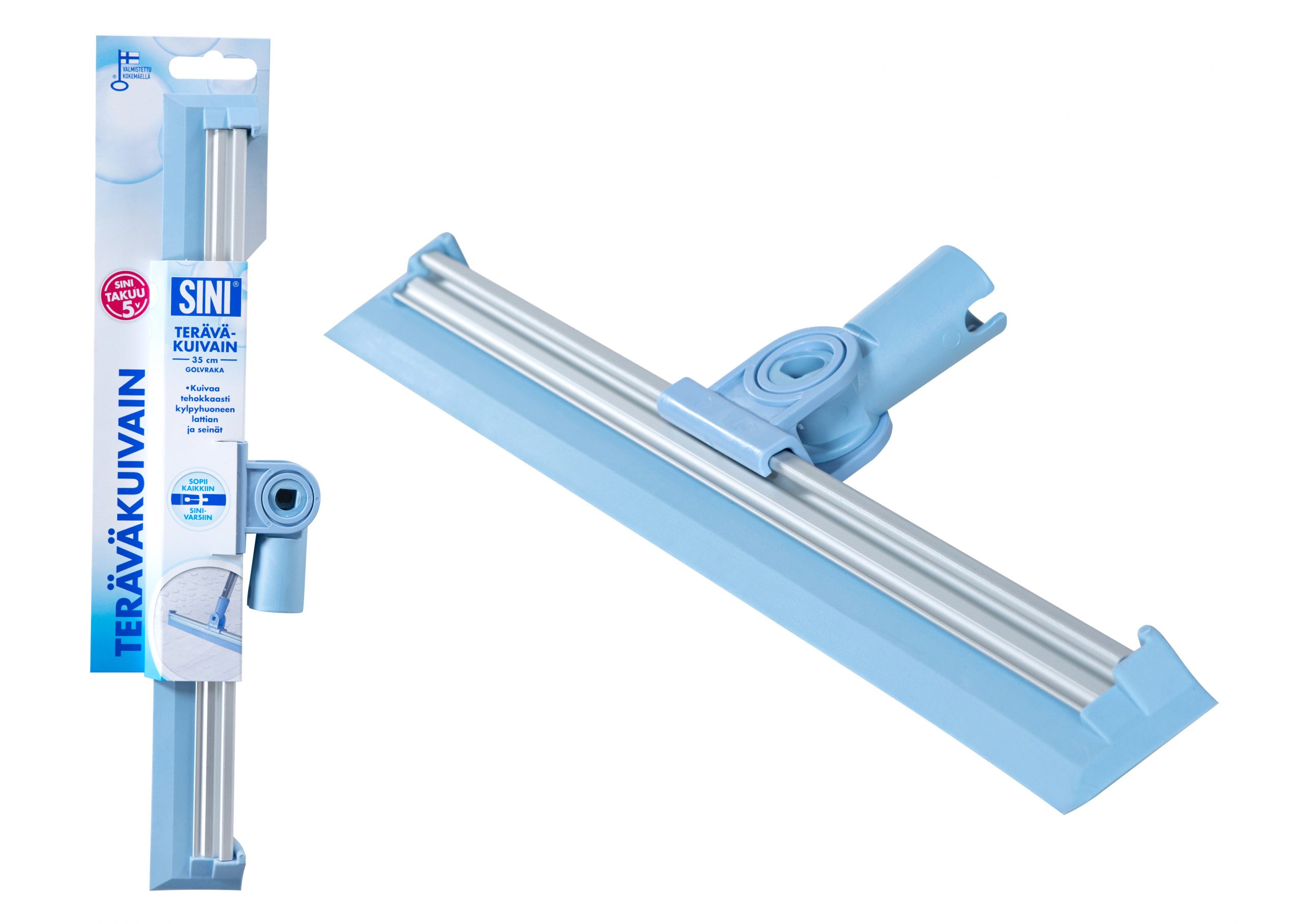
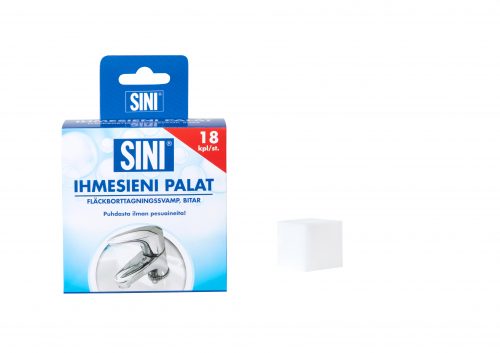
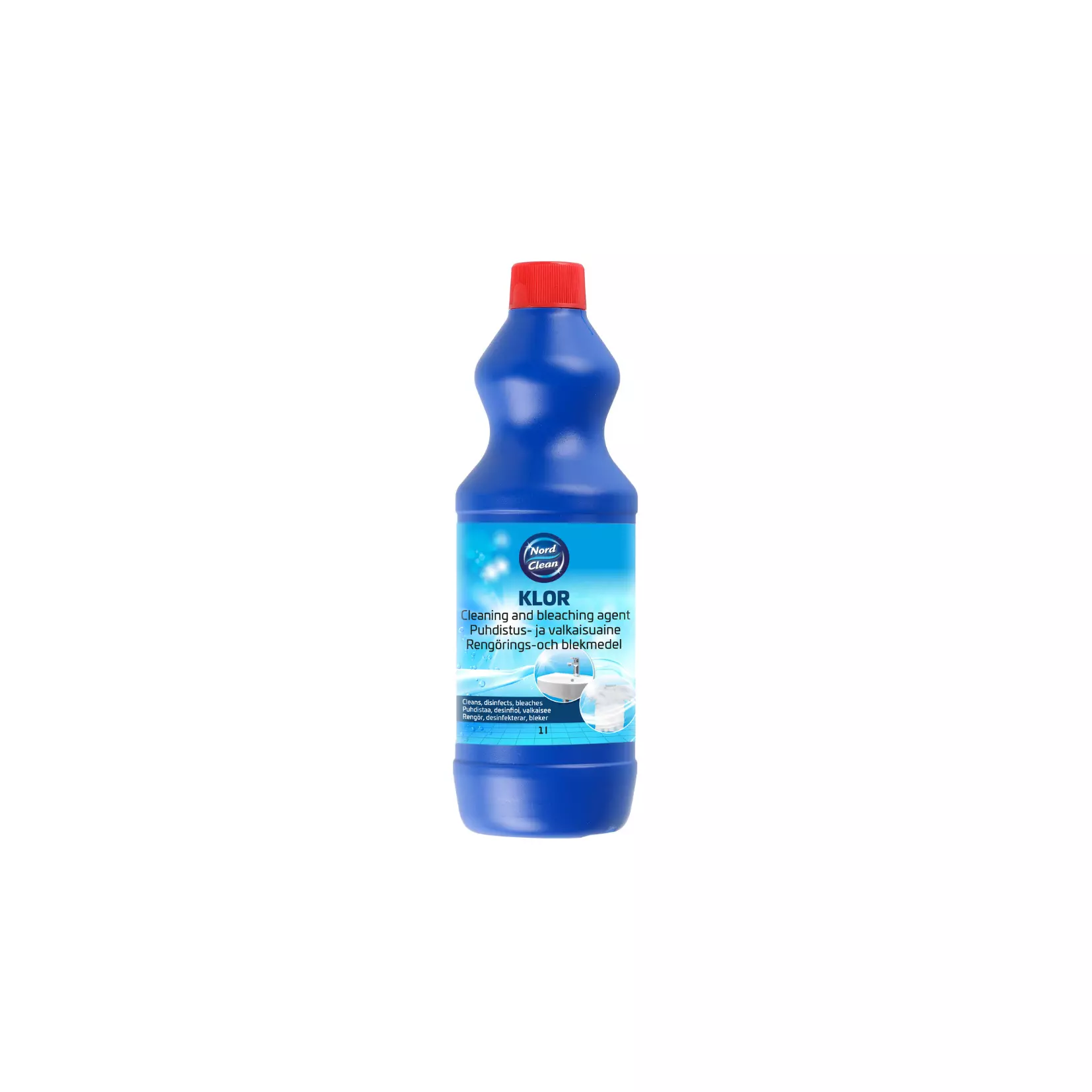
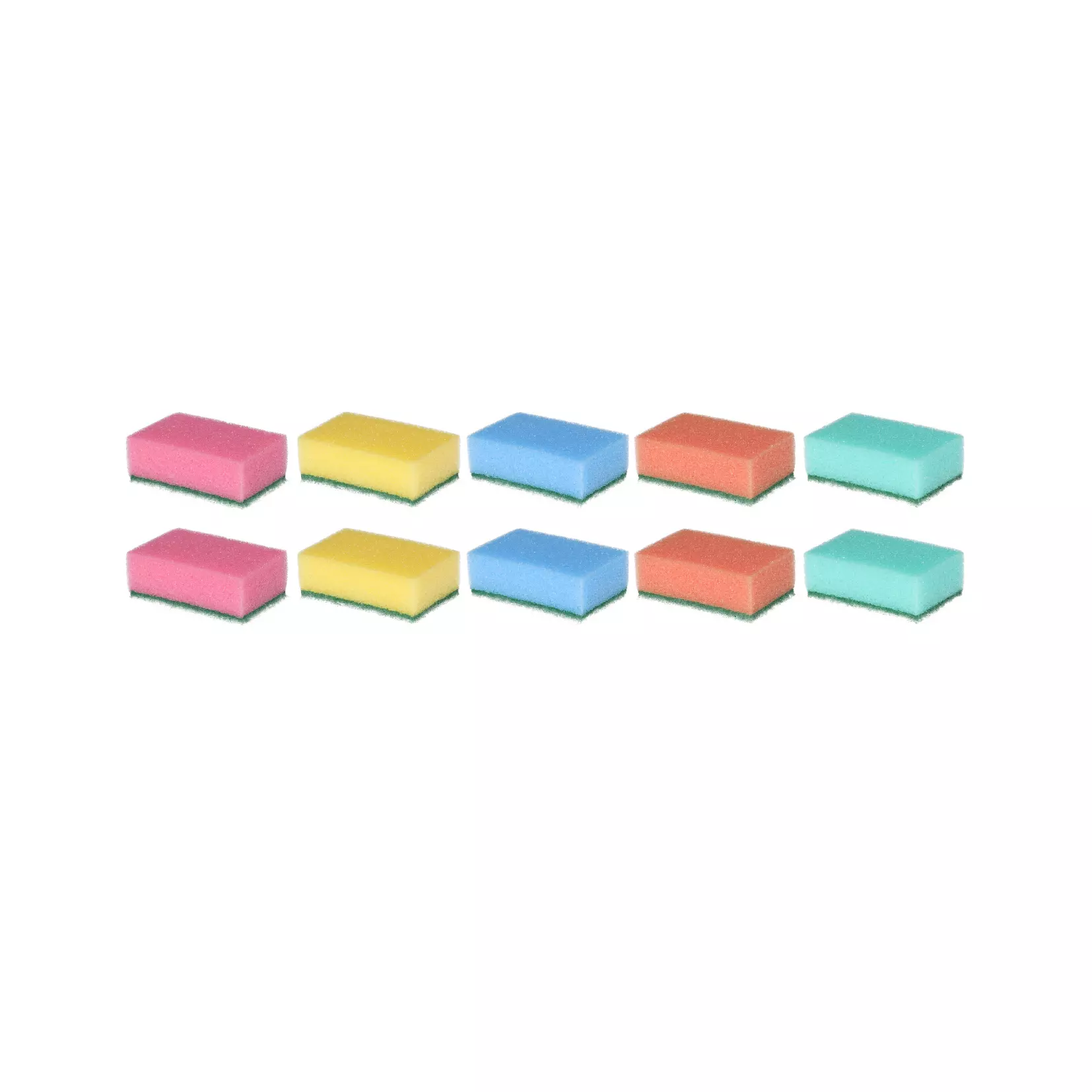




2. Chemicals for food processing plant sanitation
Chemicals are necessary to eliminate any potential pathogens that could pose a threat to public health, and that’s why the safety of food products for consumption heavily relies on them.
In food processing plant sanitation, chemicals are used to:
- Prevent the growth and spread of harmful bacteria, viruses, and other microorganisms that can contaminate food products.
- Maintain a clean and hygienic environment, which is essential for complying with food safety regulations.
- Ensure that the food products are safe for consumption, which is crucial for maintaining the reputation of the food processing plant.
There are three types of chemicals used for effective sanitation in food processing plants: detergents and degreasers, disinfectants, and sanitisers.
Detergents and degreasers are typically used to remove dirt, grease, and other organic matter from surfaces, such as floors, walls, and processing equipment. Disinfectants are used to kill or inactivate bacteria, viruses, and other microorganisms on surfaces, such as worktables, cutting boards, and utensils. Finally, sanitisers are used to reduce the number of microorganisms on food contact surfaces to a safe level, typically after cleaning and disinfecting.
You can check our catalogue of cleaning chemicals for your food processing plant right here!
Of course, when dealing with sanitation chemicals is essential to prevent accidents and ensure the health and safety of workers in your food processing plant. Personal protective equipment such as gloves, goggles, and masks should be worn when handling these chemicals. You can read more about this in our previous blog post: From Preparation to Packaging: A Complete Guide to PPE for Food Manufacturing.
 Browse our comprehensive catalogue of cleaning tools and chemicals for your food processing plant
Browse our comprehensive catalogue of cleaning tools and chemicals for your food processing plant
3. Best practices for food processing plant sanitation
The right approach to an effective food processing plant sanitation process starts with selecting the right cleaning tools, sanitation chemicals, and personal protective equipment.
However, cleaning tools and chemicals are not enough to ensure a clean and safe environment, which leads to one last essential step: developing and implementing an effective sanitation plan.
To guarantee proper sanitation, you should start by creating a sanitation plan that targets high-risk areas and equipment requiring extra attention, as well as establish standard operating procedures for cleaning and sanitising. This is a proactive approach that can help prevent food contamination and ensure compliance with regulations.
Of course, when it comes to implementing an effective sanitation plan for your food processing plant there’s no one-size-fits-all. That being said, here are some common best practices to get you started:
- Define a cleaning and sanitising schedule where you clearly outline daily, weekly, and monthly cleaning tasks. This can include the removal of debris, cleaning and disinfecting of surfaces, and equipment inspection.
- Conduct – or instruct your workers to conduct – regular inspections of equipment and surfaces. These inspections can help identify areas that need more attention and allow for prompt corrective action to be taken.
- Train all your workers on appropriate hygiene and sanitation procedures, including how to properly use and handle equipment and chemicals. This will help ensure that everyone is on the same page and understands the importance of maintaining a clean and safe work environment.
- Utilise the appropriate cleaning and sanitizing chemicals. As previously mentioned, detergents and degreasers can be used to remove dirt and grime from surfaces, while disinfectants are necessary for killing harmful microorganisms. Sanitisers, on the other hand, can be used to reduce the number of microorganisms on surfaces to safe levels.
All in all, maintaining clean and safe food processing relies on a comprehensive sanitation program that should always include the use of appropriate equipment and chemicals, regular cleaning schedules and inspections, employee training, and adherence to regulations.
 Browse our comprehensive catalogue of cleaning tools and chemicals for your food processing plant
Browse our comprehensive catalogue of cleaning tools and chemicals for your food processing plant
Conclusion
Maintaining proper sanitation in a food processing plant is crucial to ensure the safety and quality of the food produced.
Effective sanitation equipment includes tools for cleaning, disinfecting, and personal protective equipment (also known as PPE). These tools must be maintained and inspected regularly to ensure that they function properly when needed. Also, make sure you’re using the right chemicals, such as detergents, degreasers, disinfectants, and sanitisers for the appropriate use case.
Moreover, you should always implement a comprehensive sanitation plan that identifies high-risk areas and establishes cleaning and sanitizing procedures, as well as create a schedule for cleaning tasks and equipment inspections, which can help to ensure that the facility is consistently cleaned and disinfected.
Of course, employee training on proper sanitation procedures, including the importance of handwashing and personal hygiene, is also crucial to maintaining a safe and sanitary food processing plant.
Next, you can check out our extensive catalogue of cleaning tools, supplies, and chemicals supplies for your food manufacturing facility – or click on the following product categories:











